The Problem Solving Process
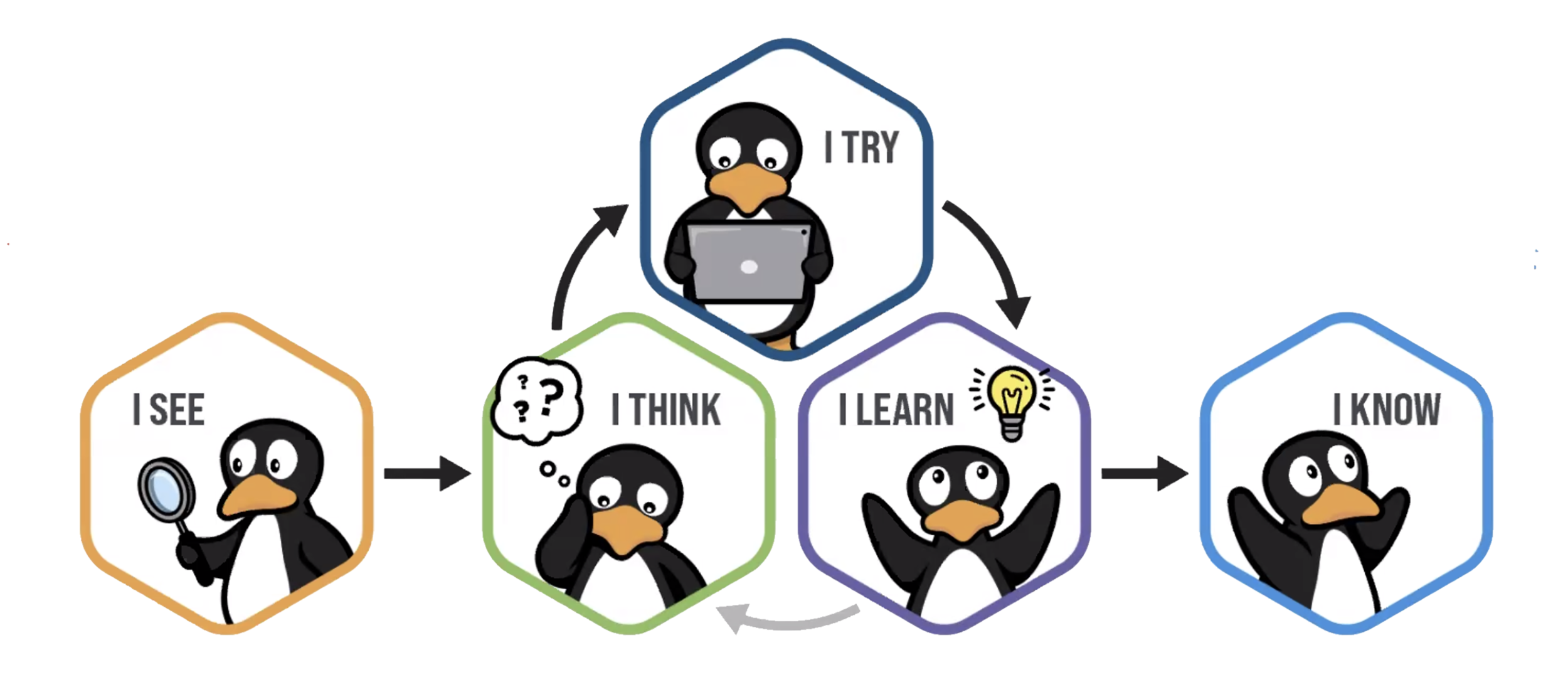
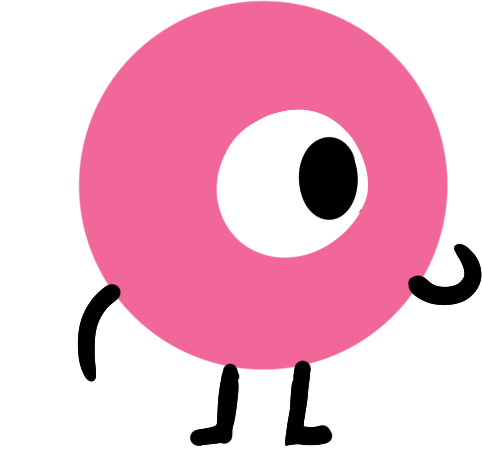

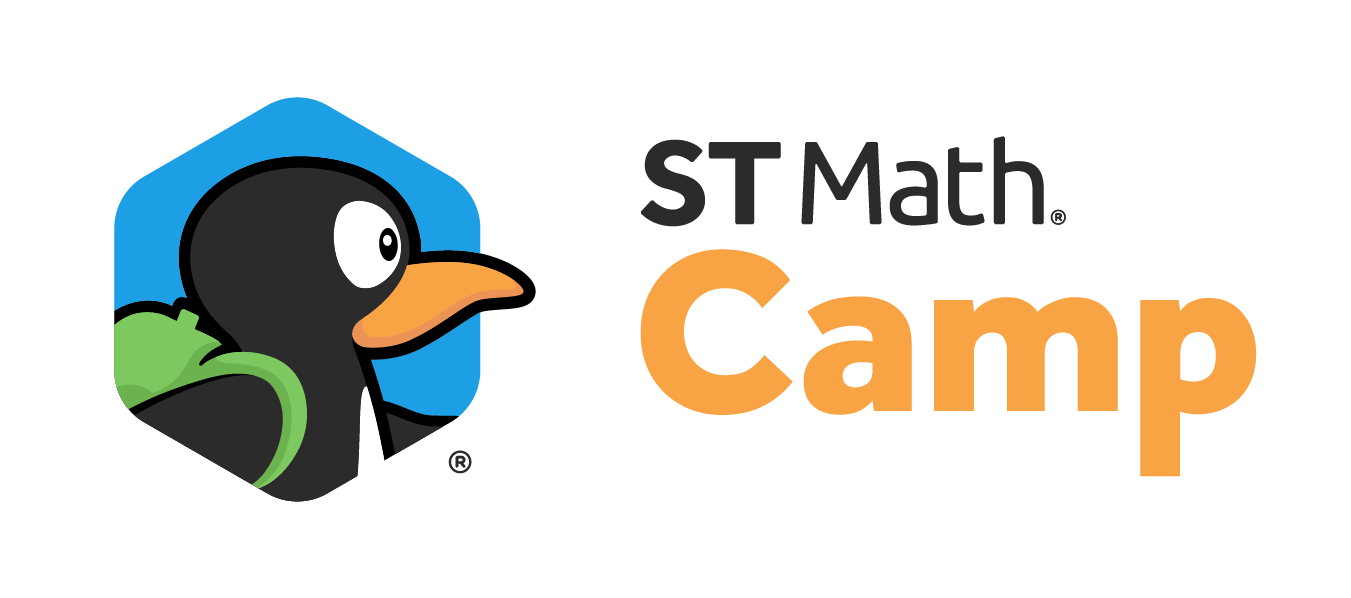

Perception Action Cycle - Review
When students solve ST Math puzzles, they engage in the Perception-Action Cycle (PAC). ST Math games take students through this cycle over and over, giving them a safe place to fail, providing new information through immediate and formative feedback, and inviting them to try again until they find the solution.


The Problem Solving Process is a powerful facilitation strategy that leverages the Perception-Action Cycle to make student thinking visible. The Problem Solving Process is designed to help students make sense of the puzzles and math concepts, and support students in processing their predictions, actions, and outcomes.



The Problem Solving Process can be used to support struggling students in individual and small group settings. It can also promote discourse in whole-class discussions.


The Problem Solving Process focuses on student thinking and helps make sense of the problem by inviting students to notice (see) and wonder.
Students see what's on the screen.
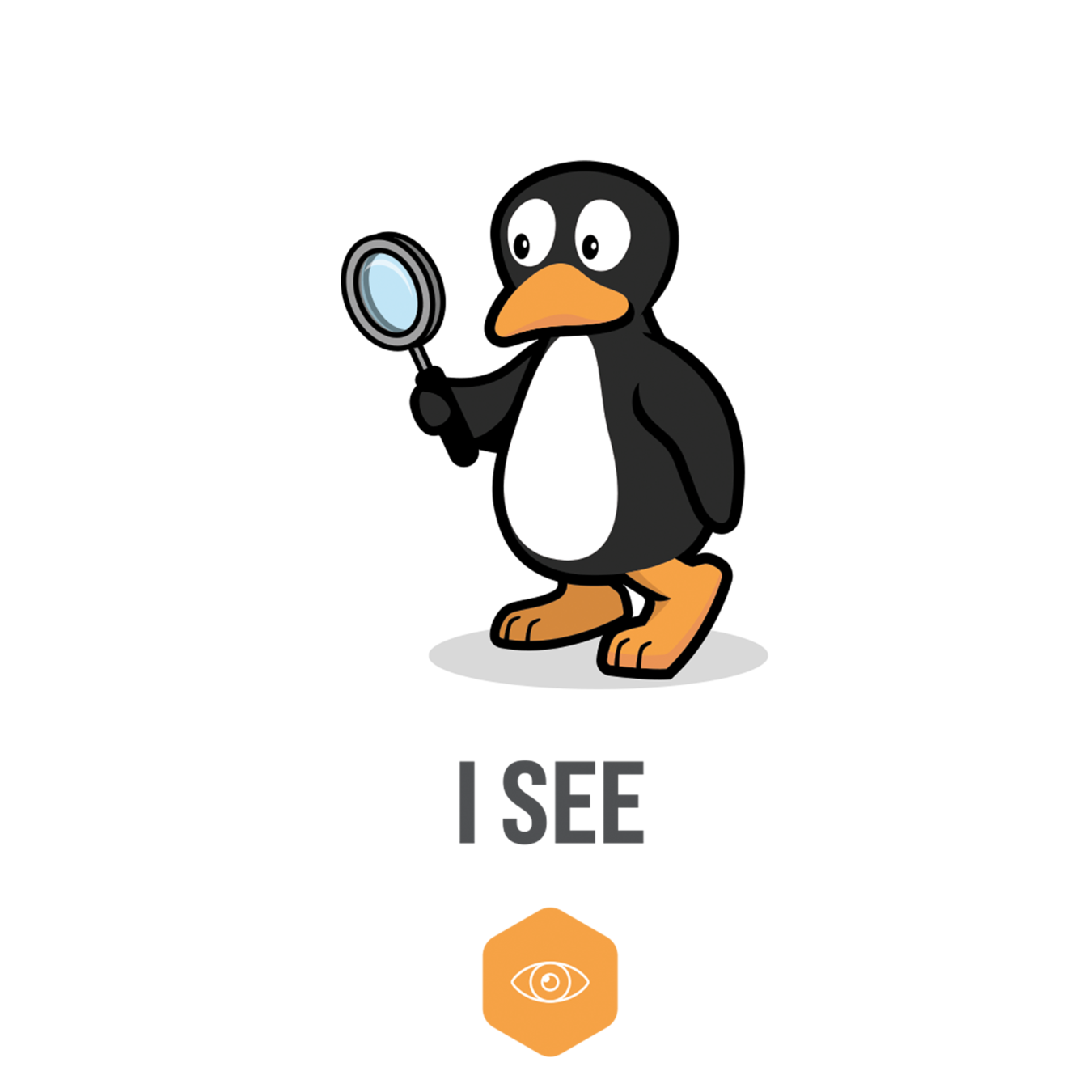
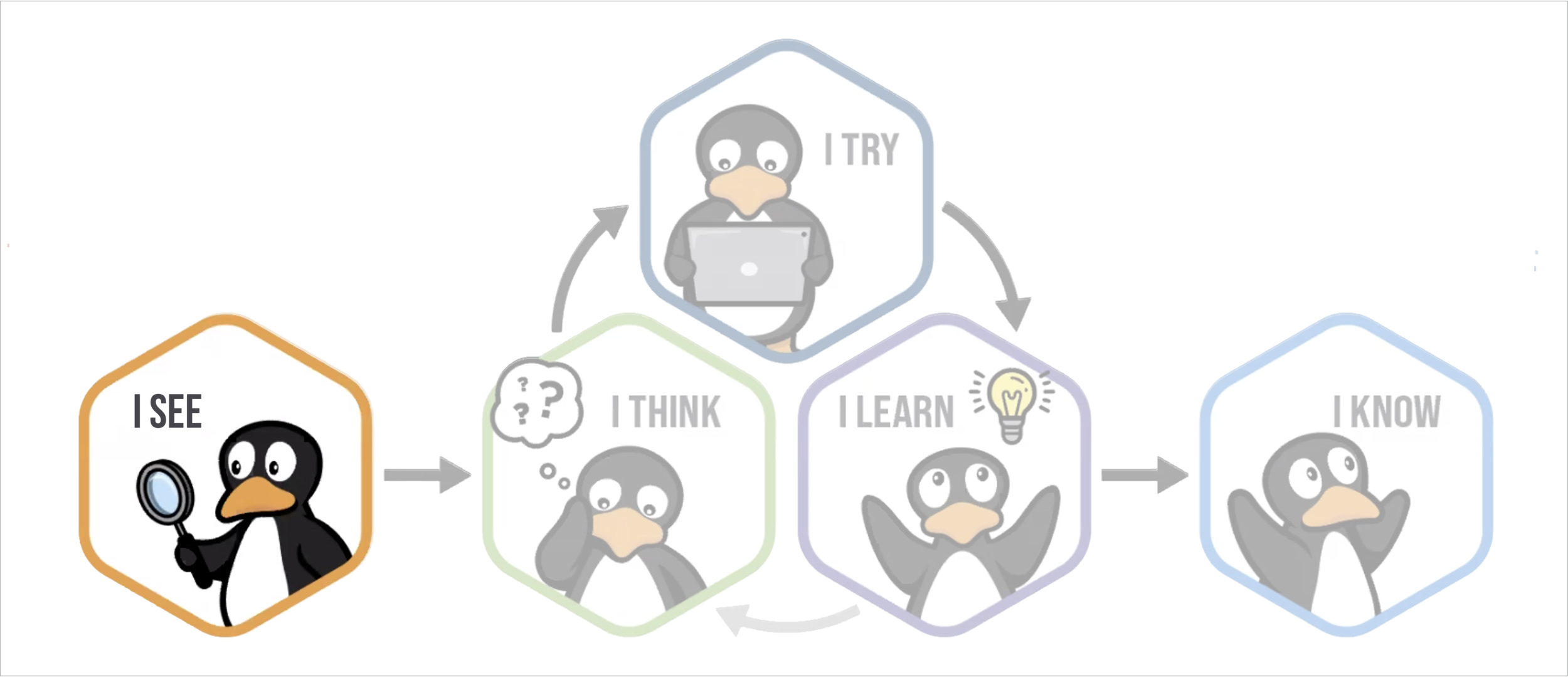


The Problem Solving Process uncovers students thinking about possible solutions. Students are asked to predict (think) and justify.
Students think about how to solve the puzzle.

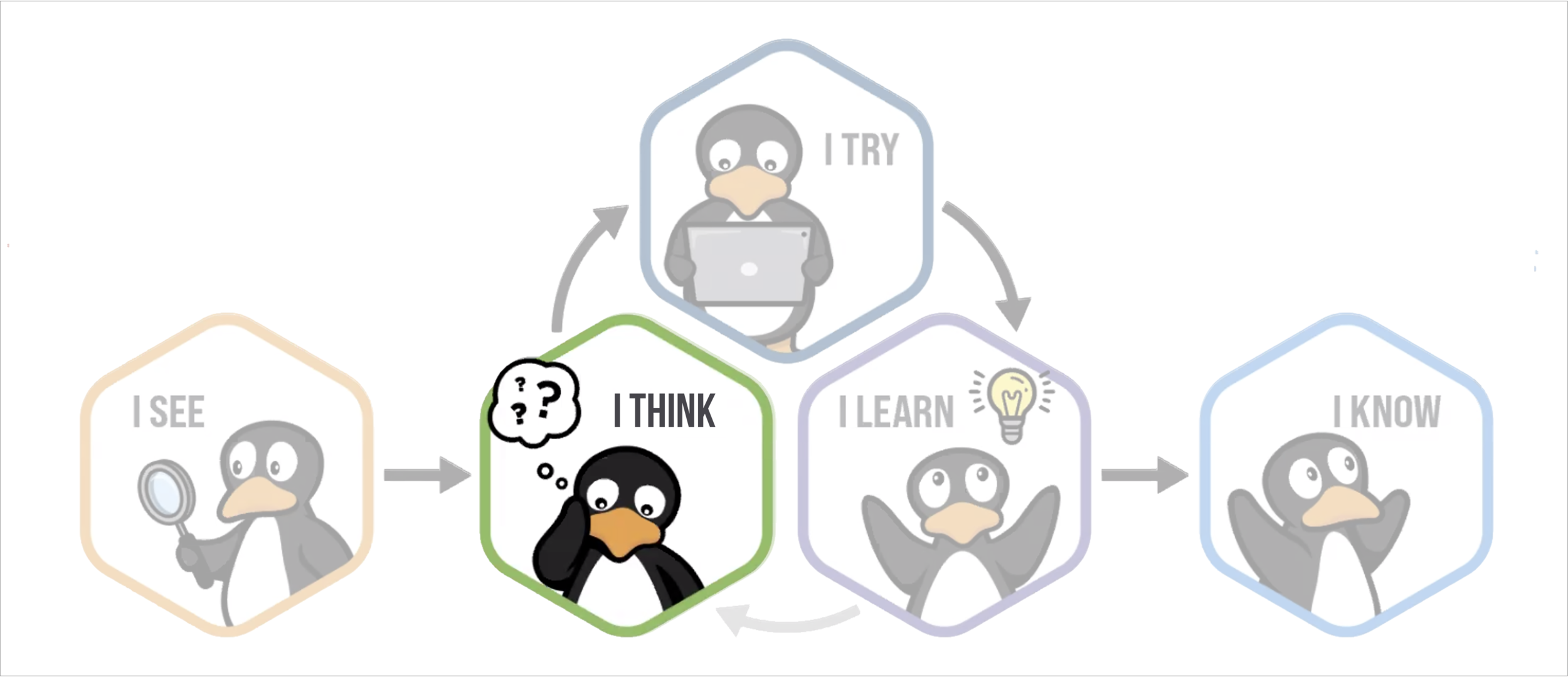


The Problem Solving Process encourages students thinking by inviting them to test (try) their predictions and observe what happens.
Students try their predictions.
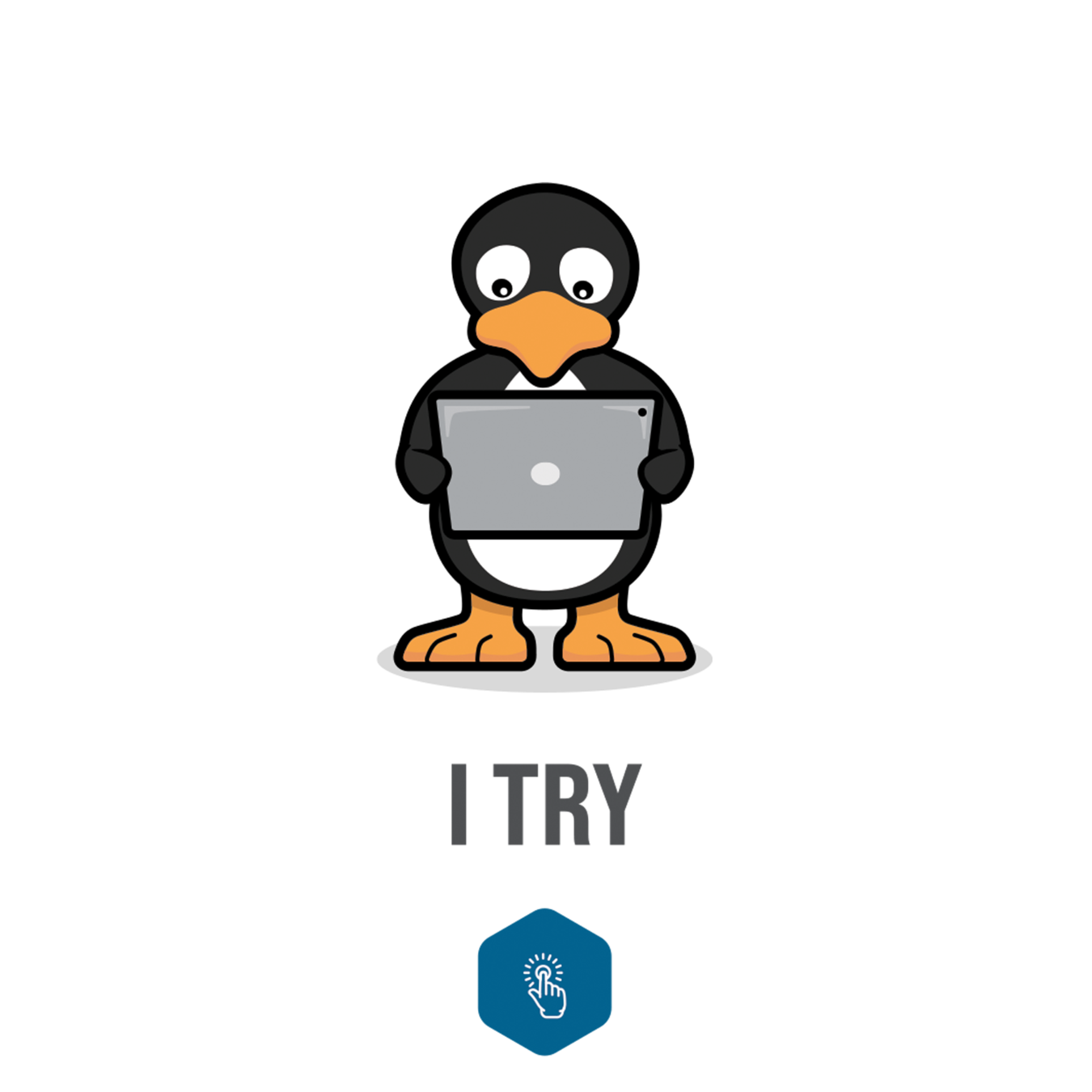
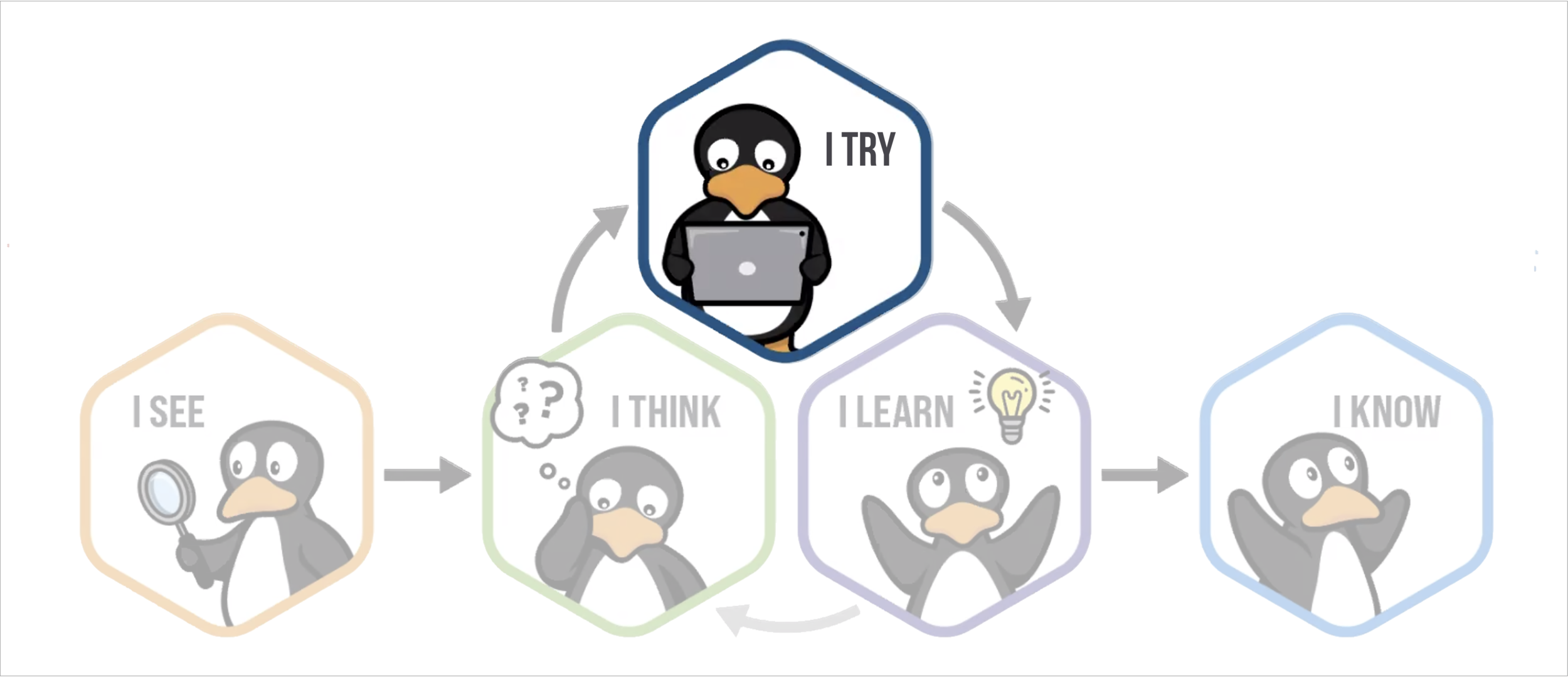


The Problem Solving Process facilitates students thinking by inviting them to analyze and learn as they build their understanding from comparing their predictions to the results.
Students analyze the animation.
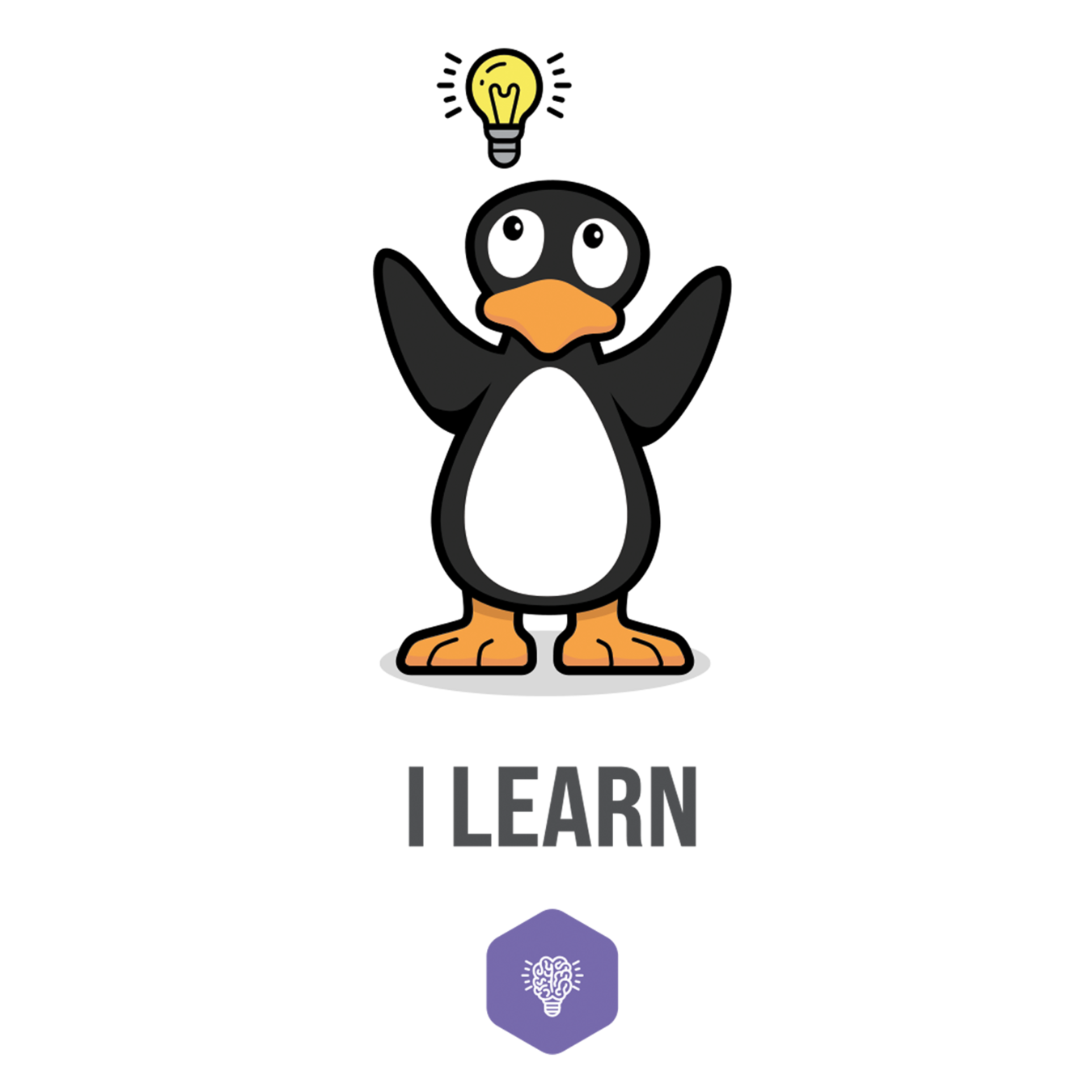
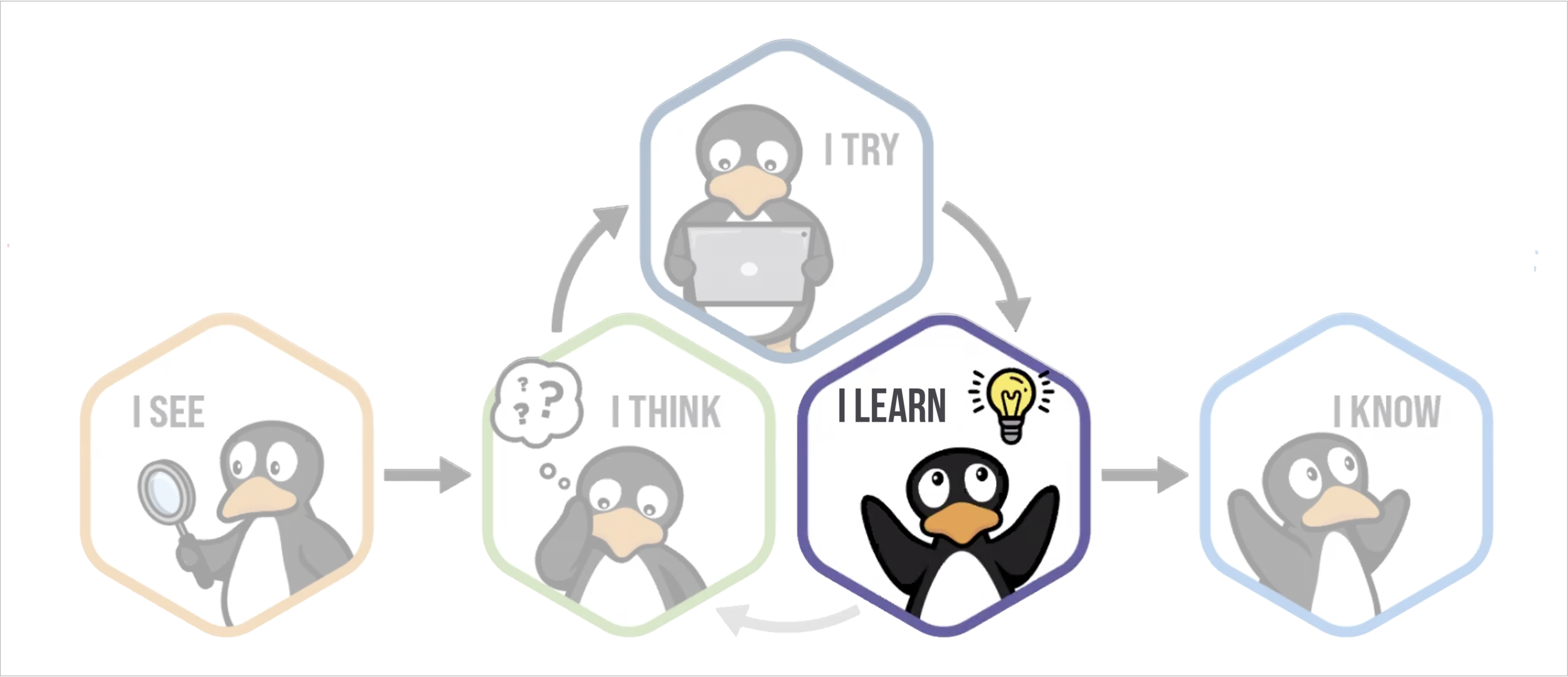


The Problem Solving Process stretches students thinking by inviting them to connect (know) and extend.
Students connect it to what they already know.

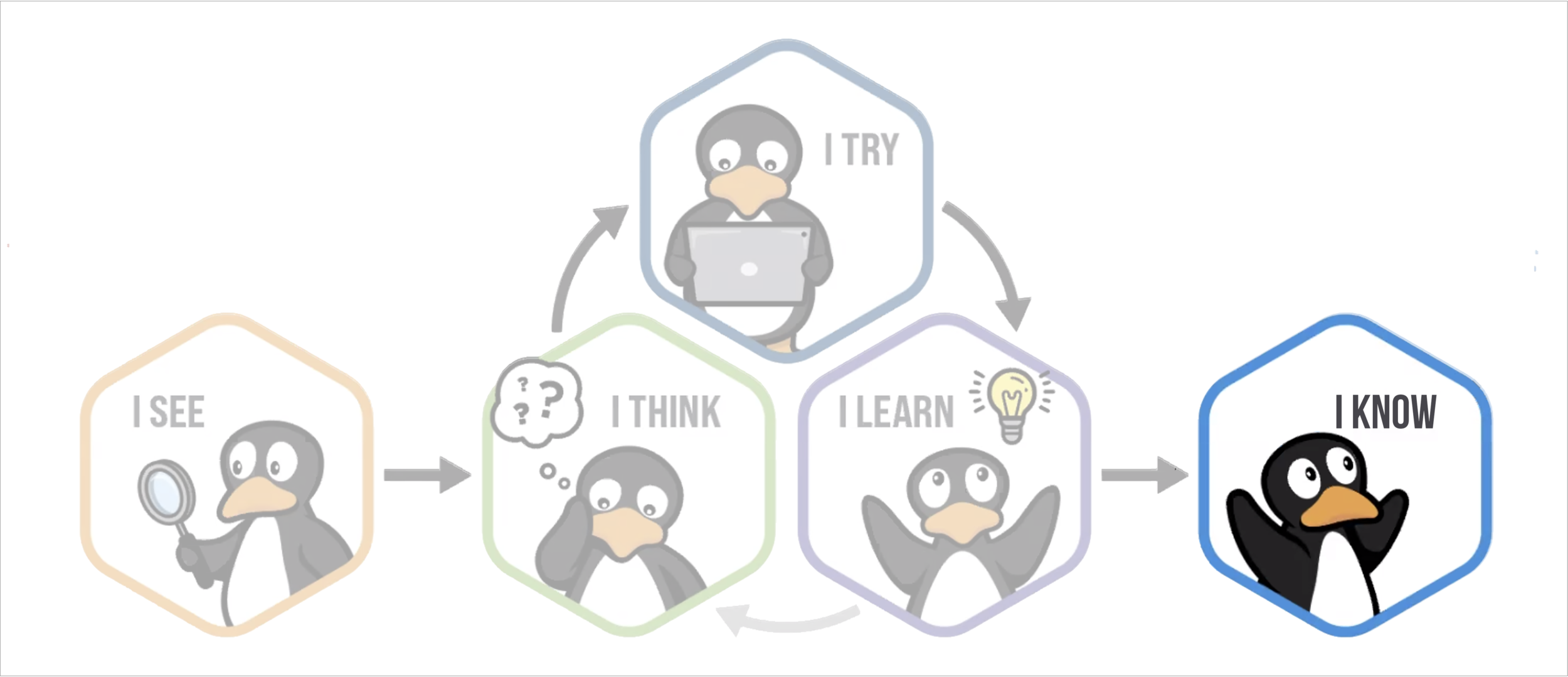


Let's see what it looks like in an ST Math game!



Choose a grade level to play:
As students play ST Math, they engage in the Perception-Action Cycle. As you monitor students as they play, look for those who are struggling, tricky puzzles, and opportunities to make connections. Use guiding questions for each step in the Problem Solving Process to support student thinking and the development of problem-solving skills.


Early Learning - Play a game
Try moving your mouse around on the screen and clicking. It’s okay if you aren’t sure what to do.
Try something to see what happens. The animation will help you figure it out!
Not sure what to do?
Click question button again to close.
Students are introduced to counting and numbers by choosing the number of circles blocking JiJi from crossing the path. Puzzles begin with all visual questions that require students to use 1:1 correspondence to match the quantity given.
As students move through the game, students have to represent numerals with the quantity of circles.
Click info button again to close.
Game: Match Count
Topic: Counting, Cardinality
?
i
Problem Solving
Process
I think
What do you think the game is asking you to do?
I see
What do you see on the screen?
I learn
What did the animation show you?
I know
How are you going to solve the next puzzle?
I try
What happened when you tested your prediction?
Problem Solving
Process
I think
What do you think the game is asking you to do?
I see
What do you see on the screen?
I learn
What did the animation show you?
I know
How are you going to solve the next puzzle?
I try
What happened when you tested your prediction?
Try moving your mouse around on the screen and clicking. It’s okay if you aren’t sure what to do.
Try something to see what happens.
The animation will help you figure it out!
Not sure what to do?
Click question button again to close.
Grades K to 1 - Play a game
In this game, students are introduced to the concept of addition from 1 to 10 by selecting the number of blocks needed to get JiJi to the height of the platform. By visually introducing addition as stacking blocks and subtraction as holes in the ground, students see how addition and subtraction are the inverse of each other.
As the puzzles transition, students solve multi-step puzzles to determine the height JiJi will end at.
Click info button again to close.
Game: Push Box
Topic: Addition & Subtraction
?
i
Problem Solving
Process
I think
What do you think the game is asking you to do?
I see
What do you see on the screen?
I learn
What did the animation show you?
I know
How are you going to solve the next puzzle?
I try
What happened when you tested your prediction?
Try moving your mouse around on the screen and clicking. It’s okay if you aren’t sure what to do.
Try something to see what happens.The animation will help you figure it out!
Not sure what to do?
Click question button again to close.
How many shoes are needed for all the animals feet?
Students develop their understanding of multiplication by selecting the number of shoes required by the group of animals.
In later levels, the game uses the same model to represent division and multi-step problem situations.
Click info button again to close.
Game: How Many Legs
Topic: Multiplication & Division
?
i
Grades 2 to 3 - Play a game
Problem Solving
Process
I think
What do you think the game is asking you to do?
I see
What do you see on the screen?
I learn
What did the animation show you?
I know
How are you going to solve the next puzzle?
I try
What happened when you tested your prediction?
Try moving your mouse around on the screen and clicking. It’s okay if you aren’t sure what to do.
Try something to see what happens. The animation will help you figure it out!
Not sure what to do?
Click question button again to close.
Drag blocks onto the creatures to divide a set of blocks into equal piles. Through this task, students model the task of "fair sharing" division.
Students will slowly transition to answering fair sharing questions up to 40 in a more symbolic representation, building their understanding of division.
Click info button again to close.
Game: Fair Sharing
Topic: Division
?
i
Grades 4 to 5 - Play a game
Problem Solving
Process
I think
What do you think the game is asking you to do?
I see
What do you see on the screen?
I learn
What did the animation show you?
I know
How are you going to solve the next puzzle?
I try
What happened when you tested your prediction?
How to help with ST Math
Use the facilitating questions guidance to help students think through the puzzle.




The End
A few things to remember:
It is important that students have time to play the games independently.
-
Monitor as they play.
-
Have students pause periodically and share their thinking and learning.
-
Support students who are struggling by asking facilitating questions or encouraging them to use the Problem-Solving Process graphic to self facilitate.
Additional ideas can be found on the tutor guidance document.


